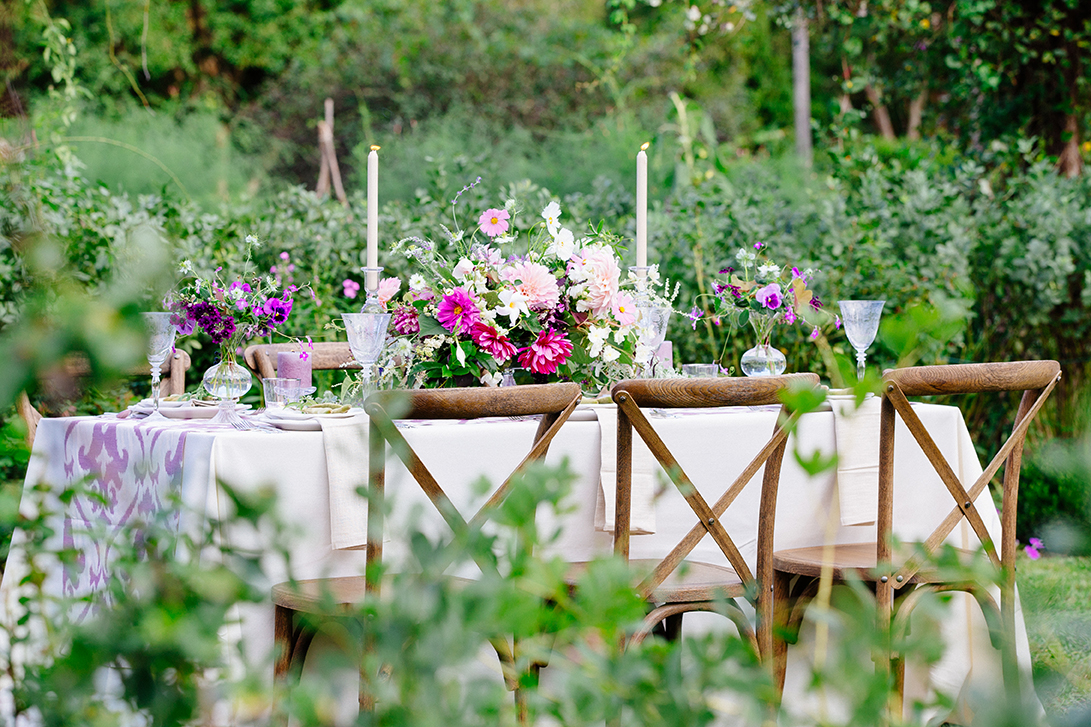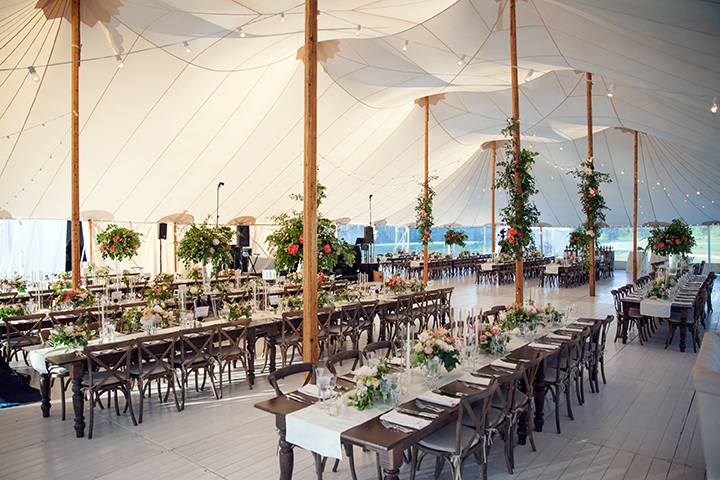Make it easier for your customers to do business with you by diversifying your company’s offerings. Having a “one stop shop” with multiple services can help you increase revenue and profitability? To do this, think about what products or services are a natural extension of what you do now, and how you can add complementary services to more efficiently meet your clients’ needs.
Planning and design are two roles in events that go together naturally. Both require focus on the big picture as well as attention to detail, and both are, in essence, management roles. The two specialties can blend well together, but they also require an enormous amount of talent and responsibility. Your challenge will be to strike a balance between your logistical and creative roles and ensure that your clients still receive the best service possible.
Photo credit Be Photography
Begin the planning process with design
You’ll want to approach your full-service events with a solid plan. It makes sense to begin the event-planning process with design. Start by getting to know your clients and asking questions. What do they want from their event? What is their vision? Find out what colors they want to feature, what elements of design appeal most to them, and what theme ideas do they have in mind? Your initial conversations should allow you to build a proposal that takes into account their preliminary budget constraints, guest count estimates and requests.

Photo credit Don Mears Photography
Allow the planner to take over
Once you have an idea of what the event will feel, sound, look and taste like, the planner side of your business should attempt to fill the vendor roles necessary to execute. You’ll coordinate initial consultations, help review contracts and assist with building and finalizing quotes from each participating professional. Throughout the planning process, you’ll facilitate your clients’ vendor relationships, communicating questions, updates and requests, and monitoring payments as well as the signing of contracts and agreements.
While planning may be the primary role during this period, your designer skills will still be needed as you fine-tune everything from rental linens to centerpieces to lighting features. As the event day approaches, you’ll be responsible for building and communicating a comprehensive and up-to-date timeline to all of your clients and vendors. You can use this document to perform your final role.

Photo credit Mike B Photography
Enter the coordinator
During the week leading up to the event, planning turns to coordination and execution. This is when you need your level head and team leader experience because with all of the moving parts, something is bound to go wrong. You and your team need to stay on the same page and stay organized on the day of the event to ensure that every little hiccup is addressed soyour clients experience a stress-free, guest-pleasing celebration. With attention to detail and very hard work, being both a planner and designer simultaneously is actually super-efficient and a great way to increase your revenue while providing a superior experience for your clients and their guests.
 Get more trend tips at Catersource! Click the logo for more information.
Get more trend tips at Catersource! Click the logo for more information.



